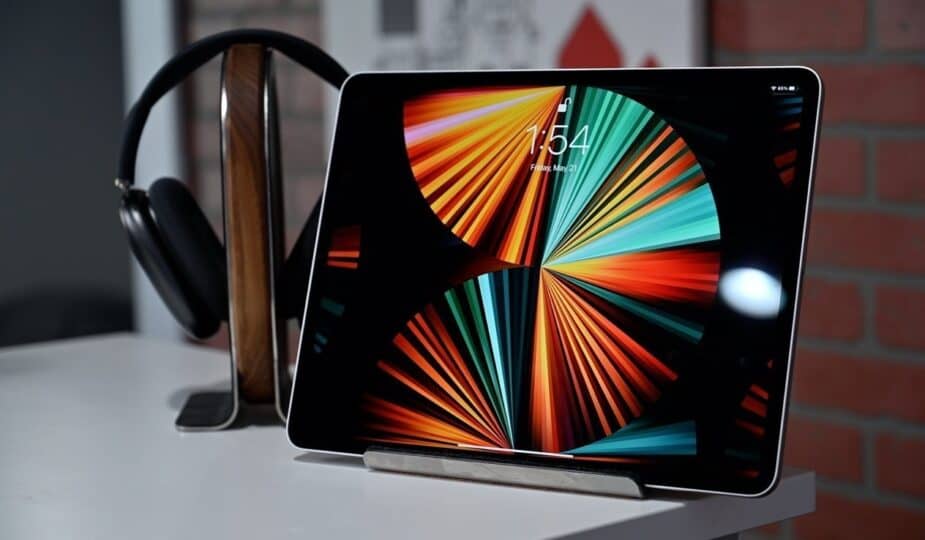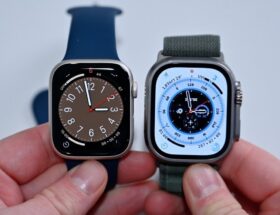MiniLED used in iPad Pro and MacBook Pro may be replaced by microLED
 0 Facebook x.com Reddit BlueSky
0 Facebook x.com Reddit BlueSky
Foxconn moves into augmented reality glasses market, and it will also help Apple use displays microLED in future products. Here’s how.
Apple has been gradually changing the display technologies it uses in its products over the years. After using TFT, OLED, and mini LED, the next shift to microLED could eventually be supported by investment from a supply chain partner.
In a statement on Tuesday, Foxconn announced a partnership with Porotech, an augmented reality company with expertise in display technology. As part of the partnership, Foxconn will enter the augmented reality glasses market, and the two companies will work together on microLED wafer processing and optical module packaging.
This will include the establishment of a microLED wafer processing production line in Taichung, Taiwan. Mass production of the wafers and modules will begin in the fourth quarter of 2025.
Feeling that augmented reality is a “promising growth area,” Foxconn also expects the venture to be able to “meet the needs of future major global customers.”
As such, Foxconn will almost certainly include Apple as a microLED panel customer in the future. However, despite Foxconn's efforts to produce displays for headsets, Apple's needs will be more general.
MicroLED vs. Older Display Technologies
MicroLED is a technology that, as the name suggests, uses miniature LEDs to create a display. TFT displays use a backlight that includes LEDs or sometimes miniLEDs, as in the MacBook Pro, to create the light itself.
OLED does not use a backlight because it uses self-illuminating material in each pixel, resulting in a brighter, more vibrant display with true black pixels. However, OLED production is relatively expensive due to the processing of the organic self-luminous material.
MicroLEDs use tiny LEDs stacked together on a substrate that are longer lasting than OLEDs. However, being LEDs, they emit light without the need for a backlight, just like OLEDs.
By using small arrays of microLEDs to emit red, green, and blue light, each pixel can be made without the need for a color filtering layer. The technology could also offer significant energy and cost savings over OLEDs.
Apple's MicroLED Ambitions
The most obvious application for microLED is in headsets, as it can create very bright displays with a very high pixel density. However, Apple has a significant history of working on the technology for other purposes as well.
Past reports have mentioned its acquisition of microLED specialist LuxVue in 2014, which was followed by the opening of a secret engineering and manufacturing facility for microLED research in 2018.
Previous reports have suggested the prospect of microLED displays in the Apple Watch, with models using it possibly arriving by 2025, despite technical setbacks.
Reports have also put forward the idea that the use in Apple Watch displays is a precursor to the technology’s use in an iPhone refresh.
Back in 2019, Foxconn was reportedly developing its own microLED technology with the aim of winning future orders for Apple’s iPhone displays. Long before the Apple Vision Pro arrived.
Foxconn's move certainly has implications for Apple's future headset production. But even it apparently knew that the technology would have much broader and more lucrative appeal for Apple beyond wearable displays.
Follow AppleInsider on Google News









